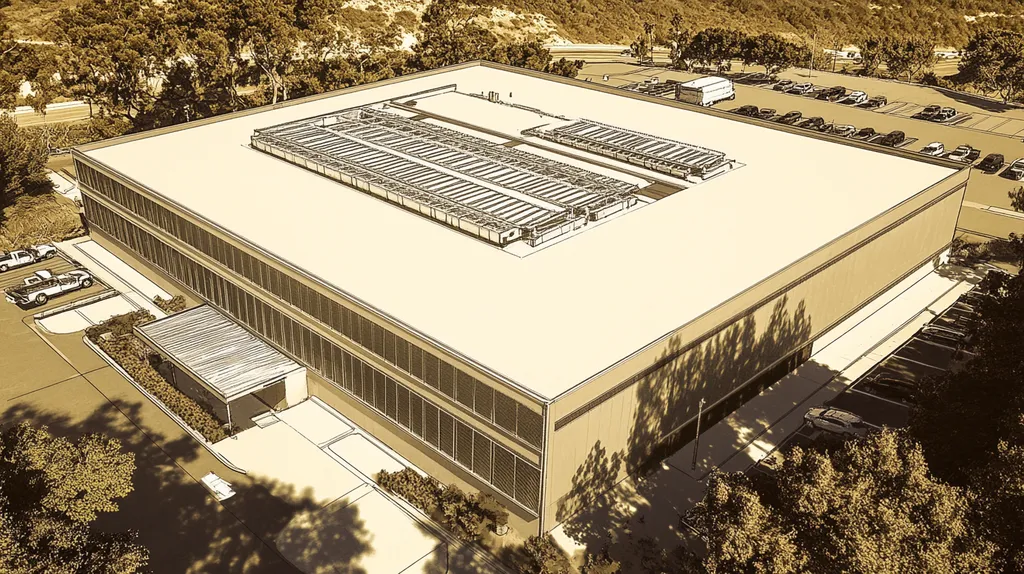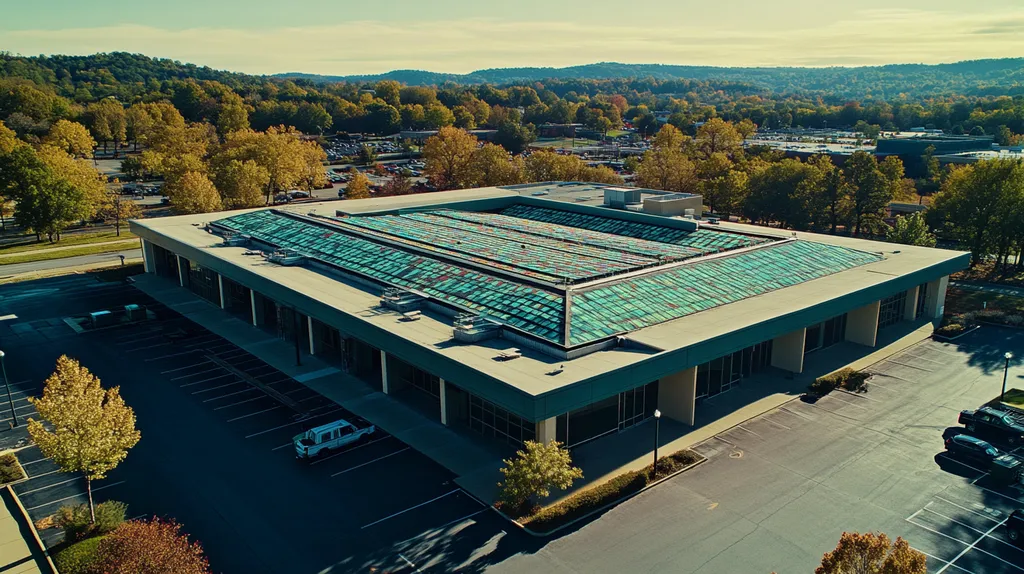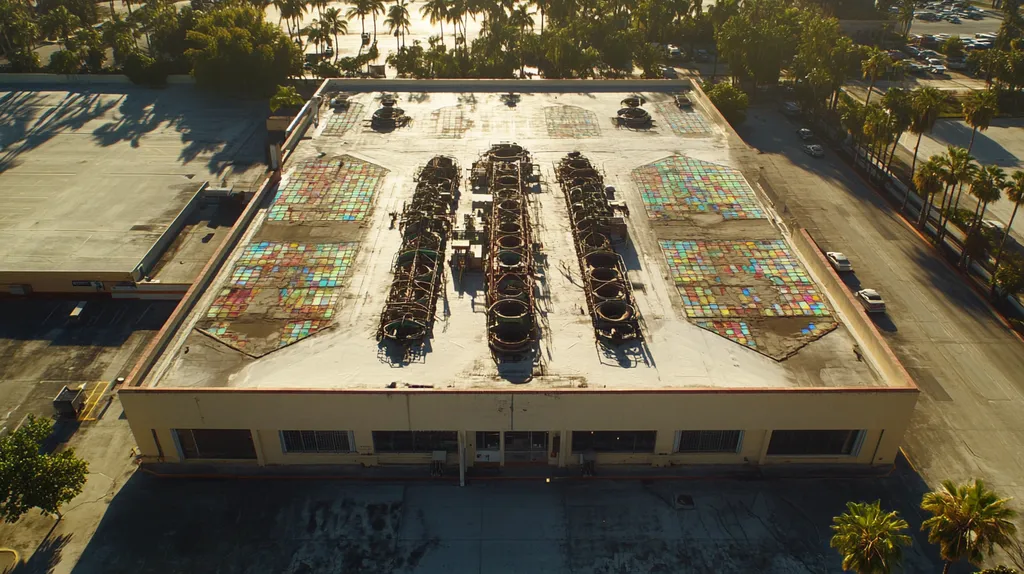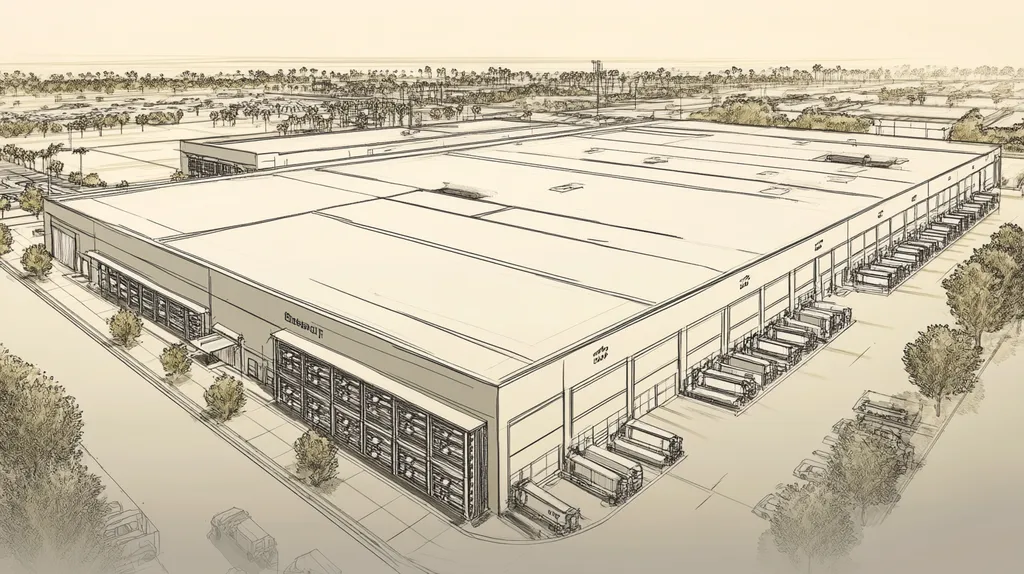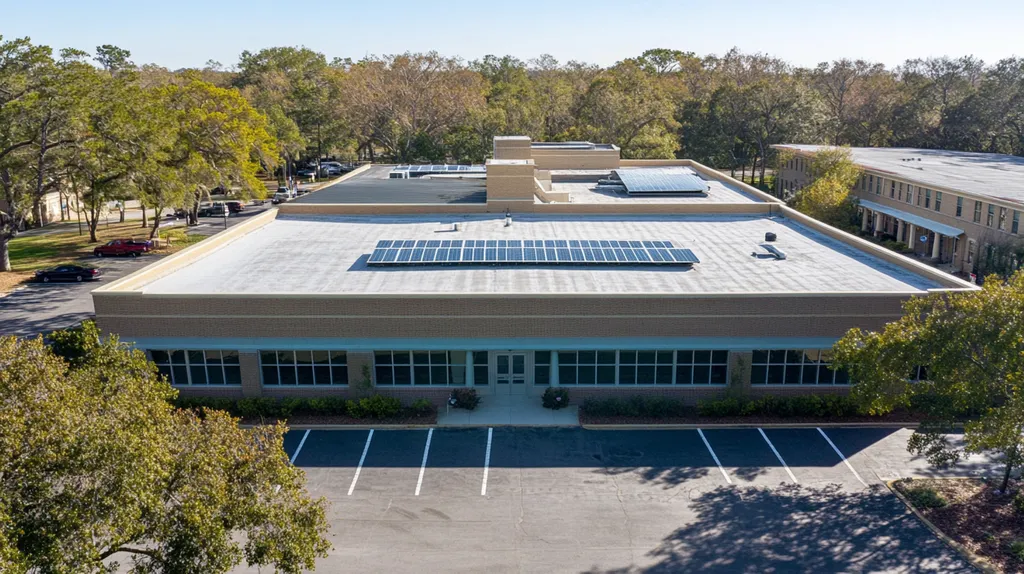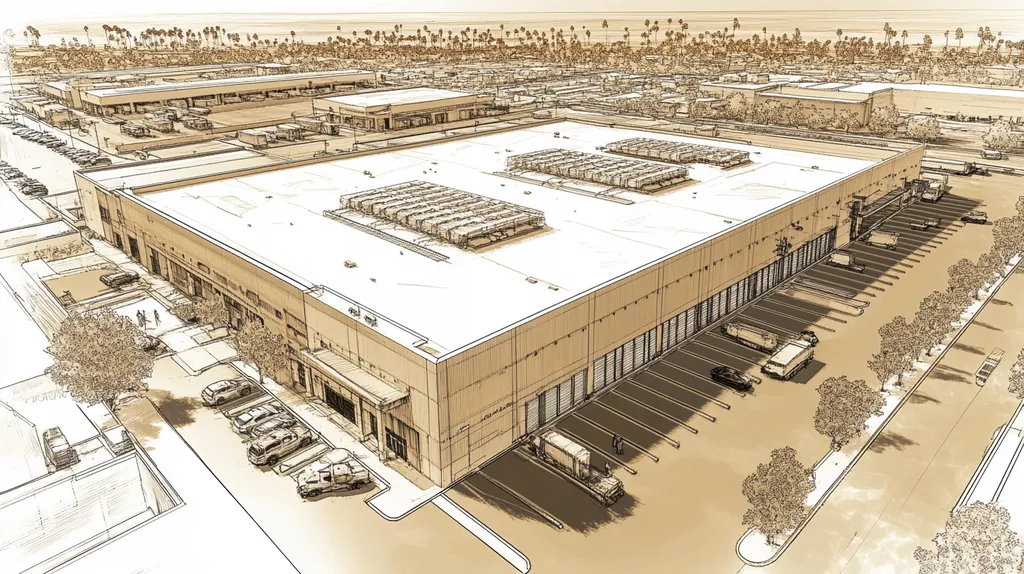Welcome to today’s Battle Royale featuring two roofing heavyweights: “Polyurethane Coatings” in the east corner versus “Silicone Coatings” in the west!
Tonight’s showdown pits these contenders against each other across six punishing rounds designed to test every aspect of their performance for Industrial Roofing Longevity.
At stake? Millions in potential costs, decades of building protection, and the critical performance demands of modern commercial and industrial facilities.
Our professional judging panel will evaluate each round on technical merit, real-world performance, and value delivery. After all six rounds, we’ll declare our ultimate champion.
Ladies and gentlemen, facility managers and building owners… it’s time to rumble!
ROUND 1: INITIAL COSTS & INSTALLATION
In today’s volatile economic climate, choosing the right roofing coating can make or break a facility’s maintenance budget. With material costs fluctuating and labor rates climbing, the initial investment in roof coatings demands careful consideration of both immediate expenses and long-term value. The coating selection affects not just the price tag, but also installation efficiency, project duration, and ultimate system performance.
Material Expenses
High-quality roof coatings represent a significant upfront investment that directly impacts project feasibility and budget allocation. The thickness of application particularly influences both cost and longevity, with coating requirements ranging from 20 to 30 mils depending on desired lifespan. (source: West Roofing Systems)
Polyurethane coatings command premium pricing, typically ranging from $1.25 to $2.00 per square foot for materials alone. Their advanced chemical composition and enhanced durability characteristics justify the higher cost point.
Silicone coatings offer a more budget-friendly alternative, with material costs averaging $0.75 to $1.50 per square foot. Their lower price point makes them particularly attractive for large-scale projects where material costs can quickly escalate.
For pure material cost considerations, silicone coatings hold the clear “ADVANTAGE” in this category.
Installation Complexity
Installation complexity directly affects labor costs, project timelines, and the potential for application errors. Professional installation requires careful attention to surface preparation, environmental conditions, and application techniques.
Polyurethane coatings demand precise application conditions and multiple layers, requiring specialized equipment and highly trained crews. The complexity of the installation process increases both labor costs and the potential for application errors.
Silicone coatings feature simpler application requirements and can typically be installed in a single layer. Their forgiving nature during application reduces the chance of installer error and speeds up the overall process.
Given the straightforward application process and reduced labor requirements, silicone coatings claim the “ADVANTAGE” in installation complexity.
Project Timeline
Project duration significantly impacts facility operations and can create unexpected costs through business disruption. Efficient installation and quick return to service are crucial considerations for facility managers.
Polyurethane coating applications require extended cure times between coats and specific temperature and humidity conditions. These requirements can extend project timelines and create scheduling challenges.
Silicone coatings typically cure faster and can often be applied in a single day under various weather conditions. This flexibility helps maintain project schedules and minimizes facility disruption.
With faster installation times and more flexible application conditions, silicone coatings secure the “ADVANTAGE” in project timeline considerations.
ROUND 1 WINNER: SILICONE COATINGS
ROUND 2: DURABILITY & LIFESPAN
In today’s industrial environments, roofing system failures can trigger catastrophic consequences, from inventory damage to production shutdowns. Modern manufacturing facilities face increasingly harsh conditions, with extreme weather events becoming more frequent and intense. The choice between polyurethane and silicone coatings can mean the difference between a roof that lasts decades and one that requires premature replacement.
Impact of Environmental Resistance
Environmental resistance determines how well a coating system maintains its protective properties when faced with UV radiation, chemical exposure, and temperature fluctuations. These factors can rapidly degrade inferior coatings, leading to system failure and expensive repairs.
Polyurethane coatings demonstrate exceptional resistance to UV exposure and maintain their physical properties even after extended weathering. Their advanced chemical composition provides superior protection against industrial pollutants and acid rain.
Silicone coatings offer good UV stability but can be vulnerable to standing water and certain chemical exposures. Their performance can degrade more quickly in areas where water pooling occurs or industrial emissions are present.
For overall environmental resistance, polyurethane coatings claim the ADVANTAGE.
Mechanical Strength and Flexibility
Modern industrial roofs must withstand constant stress from thermal cycling, structural movement, and maintenance traffic. The coating’s ability to maintain its protective properties under these conditions directly impacts the roofing system’s longevity.
Polyurethane coatings deliver superior tensile strength and tear resistance while maintaining excellent flexibility. These properties allow them to accommodate building movement without cracking or separating from the substrate.
Silicone coatings provide good initial flexibility but can become more susceptible to mechanical damage over time. Their lower tensile strength makes them more vulnerable to punctures and tears from maintenance activities.
Based on superior physical properties, polyurethane coatings earn the ADVANTAGE.
Maintenance Requirements and Longevity
A coating’s maintenance needs and overall lifespan significantly impact the total cost of ownership. High-performance coatings that resist degradation require less frequent maintenance and provide longer service life.
Polyurethane coatings demonstrate exceptional durability with minimal maintenance requirements, passing rigorous weathering tests without degradation. Their superior physical properties translate to extended service life, with properly maintained systems lasting 20+ years. (source: ArmorGarage)
Silicone coatings typically require more frequent inspections and maintenance to maintain their protective properties. Their tendency to attract dirt and show wear can necessitate more regular cleaning and touch-ups.
In terms of maintenance efficiency and longevity, polyurethane coatings secure the ADVANTAGE.
ROUND 2 WINNER: Polyurethane Coatings
ROUND 3: PERFORMANCE FACTORS
In today’s industrial environment, roofing performance can mean the difference between protecting millions in assets or facing catastrophic failure. Modern manufacturing facilities face unprecedented challenges from extreme weather events, chemical exposure, and increasing maintenance demands. Understanding how different coating systems perform under these conditions is crucial for making informed decisions that impact facility protection and operational continuity.
Weather Resistance
Industrial roofing systems must withstand increasingly severe weather patterns, from intense UV exposure to extreme temperature fluctuations. The coating’s ability to maintain its protective properties under these conditions directly impacts the entire facility’s operational reliability.
Polyurethane coatings demonstrate exceptional resistance to moisture penetration and temperature cycling. Their advanced chemical structure allows them to maintain flexibility and adhesion even under extreme temperature variations.
Silicone coatings excel in UV resistance and maintain their reflective properties over time. However, they can become compromised under prolonged ponding water conditions, particularly in areas with poor drainage.
Due to superior overall weather resilience, polyurethane coatings claim the ADVANTAGE in this category.
Durability and Wear Resistance
Polyurethane and silicone coatings offer varying levels of durability in industrial applications. Polyurethane coatings demonstrate superior strength and chemical resistance, particularly in high-traffic areas and zones exposed to industrial pollutants. (source: Kangaroof)
These coatings maintain their protective properties even under heavy foot traffic and equipment servicing. Their resistance to abrasion and puncture makes them ideal for roofs requiring frequent maintenance access.
While silicone coatings provide excellent initial protection, they can become more susceptible to physical damage over time. Their softer composition makes them more vulnerable to scratching and scuffing from maintenance activities.
For overall durability and wear resistance, polyurethane coatings secure the ADVANTAGE.
Maintenance Requirements
The frequency and complexity of maintenance directly impact both operational costs and system longevity. Regular inspections and preventive maintenance can significantly extend coating life, but different systems demand varying levels of attention.
Polyurethane coatings typically require more stringent maintenance protocols, including regular surface cleaning and periodic recoating in high-wear areas. Their durability comes with the trade-off of more intensive upkeep.
Silicone coatings offer simpler maintenance requirements, with less frequent cleaning needs and better resistance to dirt accumulation. Their self-cleaning properties help maintain reflectivity with minimal intervention.
Based on lower maintenance demands, silicone coatings earn the ADVANTAGE in this category.
ROUND 3 WINNER: POLYURETHANE
ROUND 4: MAINTENANCE REQUIREMENTS
In today’s industrial environment, proper maintenance of roofing systems can mean the difference between protecting valuable assets and facing catastrophic failures. With facility downtime costs averaging thousands per hour, choosing a coating system with manageable maintenance requirements becomes crucial for operational continuity and budget control.
The increasing complexity of industrial operations, combined with more extreme weather patterns, makes understanding maintenance implications more critical than ever. The right coating choice can dramatically reduce inspection frequency, repair costs, and system vulnerability.
Regular Inspection Requirements
The frequency and complexity of required inspections directly impact facility maintenance budgets and staff resources. These regular checkups form the foundation of any effective roof maintenance program.
Polyurethane coatings demand thorough quarterly inspections to check for mechanical damage, coating degradation, and potential adhesion issues. Their complex chemical structure requires trained personnel to properly assess condition and identify emerging problems.
Silicone coatings typically need only bi-annual inspections due to their simpler composition and better weathering characteristics. Elastomeric roof coatings can last between 10 and 20 years with proper inspection protocols, depending on coating thickness. (source: West Roofing Systems)
For inspection requirements, silicone coatings claim the ADVANTAGE.
Cleaning and Preventive Care
Regular cleaning and preventive maintenance ensure optimal coating performance and maximize system longevity. The ease and frequency of these tasks significantly impact operational costs.
Polyurethane coatings require monthly cleaning to prevent dirt accumulation and maintain reflectivity. Their surface characteristics make them more prone to collecting debris, which can accelerate wear if not addressed.
Silicone coatings feature superior self-cleaning properties, naturally shedding dirt and debris during rainfall. This characteristic reduces the need for manual cleaning to quarterly intervals.
Based on lower maintenance demands, silicone coatings secure the ADVANTAGE.
Repair and Recoating Requirements
The frequency and complexity of repairs and recoating directly affect long-term ownership costs. Simple repair procedures can mean the difference between minor maintenance and major system overhauls.
Polyurethane coatings often require specialized repair techniques and careful surface preparation. Their chemical composition demands precise matching of new and existing materials to ensure proper adhesion.
Silicone coatings offer simpler repair procedures with excellent adhesion to existing layers. Their forgiving nature allows for easier touch-ups and seamless integration of repairs.
For repair simplicity, silicone coatings earn the ADVANTAGE.
ROUND 4 WINNER: Silicone Coatings
ROUND 5: SUSTAINABILITY CREDENTIALS
As environmental regulations tighten and energy costs soar, sustainable roofing practices have become a critical factor in facility management. Modern industrial facilities face mounting pressure to reduce their carbon footprint while maintaining operational efficiency. The choice between polyurethane and silicone coatings can significantly impact a building’s environmental performance, energy consumption, and waste management profile.
Environmental Impact
Manufacturing processes and chemical composition directly influence a coating’s environmental footprint. These factors affect both immediate installation impact and long-term environmental consequences.
Polyurethane coatings traditionally require energy-intensive manufacturing processes and contain higher levels of VOCs. Recent advancements have improved their environmental profile, but their production still generates significant carbon emissions.
Silicone coatings feature lower VOC content and require less energy-intensive manufacturing. Their single-coat application reduces material waste and minimizes environmental impact during installation.
For overall environmental impact, silicone coatings claim the ADVANTAGE.
Energy Efficiency
Thermal performance and reflective properties significantly influence a facility’s energy consumption. The right coating choice can dramatically reduce cooling costs and improve building efficiency.
Polyurethane coatings provide good initial reflectivity but may lose effectiveness over time. Their insulating properties help regulate building temperature, though performance can degrade with exposure.
Silicone coatings maintain superior reflectivity throughout their service life. Their natural resistance to UV degradation ensures consistent energy performance and reduced cooling loads.
Based on sustained performance, silicone coatings earn the ADVANTAGE.
Recyclability and Waste Management
End-of-life considerations have become increasingly important as facilities strive to minimize landfill impact. Proper maintenance extends service life and reduces waste generation over time. (source: A1 Roofing’s Kangaroof)
Polyurethane coatings present challenges in recycling due to their complex chemical structure. Their multi-layer application can create additional waste during installation and repairs.
Silicone coatings offer simpler recycling options and generate less waste during application. Their single-coat system and longer service life reduce the overall material sent to landfills.
For waste reduction and recyclability, silicone coatings secure the ADVANTAGE.
ROUND 5 WINNER: SILICONE COATINGS
ROUND 6: SPECIALIZED APPLICATIONS
In today’s complex industrial environments, specialized roofing applications face unprecedented challenges. From chemical processing facilities to cold storage warehouses, each application demands specific performance characteristics that can make or break operations. With facility downtime costs averaging $5,000 per hour, selecting the wrong coating for specialized needs can trigger devastating financial consequences.
Adherence to Unique Substrates
Industrial facilities present diverse substrate challenges, from metal deck systems to concrete surfaces. Each material interaction demands specific adhesion properties to ensure long-term performance and protection.
Polyurethane coatings demonstrate exceptional chemical bonding capabilities across multiple substrate types. Their advanced formulation creates strong molecular bonds that maintain integrity even under extreme thermal cycling and structural movement.
Silicone coatings offer reliable adhesion but can face challenges with certain substrates. Their performance particularly excels on existing silicone surfaces and stable metal substrates.
For substrate versatility, polyurethane coatings claim the ADVANTAGE.
Performance Under Extreme Conditions
Modern industrial environments expose roofing systems to harsh chemicals, extreme temperatures, and constant mechanical stress. These conditions can rapidly degrade standard coating systems, making specialized performance crucial.
Polyurethane coatings maintain their physical properties even when exposed to industrial chemicals and UV radiation. Their superior impact resistance and flexibility allow them to withstand extreme temperature fluctuations without compromising protection.
Silicone coatings and SPF roof coatings can be maintained and reapplied to extend their service life by 10-20 years, with many systems still performing beyond expected lifespans. (source: Polo International)
Given their balanced performance attributes, both systems earn a TIE in this category.
Traffic and Impact Resistance
Industrial roofs often serve as platforms for equipment maintenance and regular inspections. The coating’s ability to withstand foot traffic and impact from dropped tools directly affects its longevity.
Polyurethane coatings feature superior mechanical strength and abrasion resistance. Their durable surface maintains integrity even under heavy maintenance traffic and equipment servicing.
Silicone coatings typically show lower resistance to mechanical abuse and can be more susceptible to punctures and tears. Their softer surface requires additional protection in high-traffic areas.
For traffic and impact resistance, polyurethane coatings secure the ADVANTAGE.
ROUND 6 WINNER: Polyurethane Coatings
AND THE WINNER IS…
After six grueling rounds of technical evaluation, we have our verdict…
With a score of 3 rounds to 3, this championship bout ends in a SPLIT DECISION! Both polyurethane and silicone coatings have proven themselves worthy contenders in the industrial roofing arena.
Polyurethane dominated the durability, performance, and specialized application rounds with its superior mechanical strength and chemical resistance. When maximum protection and longevity are required, this heavyweight champion delivers knockout results.
Silicone claimed decisive victories in initial costs, maintenance, and sustainability categories. Its budget-friendly pricing, simple application, and environmental credentials make it the undisputed choice for projects where cost control and easy maintenance reign supreme.
IMPORTANT NOTICE: These results reflect general performance characteristics. Individual building requirements, local climate conditions, and specific facility demands can significantly impact coating selection. Property owners and managers should always consult qualified roofing professionals who can evaluate their unique situation and recommend appropriate solutions.
Ladies and gentlemen, in the high-stakes world of industrial roofing, there’s no one-size-fits-all champion. The true victory comes from matching your facility’s specific requirements with the right contender’s strengths. Choose wisely – millions in protection and decades of performance hang in the balance!
FREQUENTLY ASKED QUESTIONS
Q. What are the initial costs of commercial roof coatings?
A. The initial costs vary widely. Polyurethane coatings typically range from $1.25 to $2.00 per square foot, while silicone options can be more budget-friendly at $0.75 to $1.50 per square foot. Consider installation costs and the long-term value each choice brings for your facility.
Q. How durable are polyurethane coatings for industrial roofs?
A. Polyurethane coatings excel in durability, offering exceptional resistance to UV rays, chemicals, and physical damage. They can last over 20 years with proper maintenance, making them a solid investment for protecting industrial roofs from harsh conditions.
Q. What is the performance of silicone coatings in extreme weather?
A. While silicone coatings provide excellent UV resistance, they can struggle in areas with standing water, particularly during extreme weather. Their performance may decline if continually exposed to challenging conditions, affecting the integrity of your industrial roof system.
Q. How often should I inspect my commercial roof?
A. For polyurethane coatings, thorough quarterly inspections are recommended to catch any issues early. In contrast, silicone coatings may only need bi-annual inspections, thanks to their simpler composition and resilience, which can help you manage maintenance costs effectively.
Q. Are silicone coatings more sustainable than polyurethane?
A. Yes, silicone coatings generally have lower VOC content and require less energy-intensive manufacturing, making them a more sustainable choice. Their single-coat application reduces material waste during installation, aligning well with eco-friendly practices in facility management.
Q. How do polyurethane coatings perform under heavy traffic?
A. Polyurethane coatings are designed for durability and can withstand heavy foot traffic along with maintenance activities. Their superior mechanical strength and impact resistance make them an excellent choice for industrial roofs requiring frequent access and servicing.
Q. Can I use polyurethane coatings on all industrial roof types?
A. Generally, polyurethane coatings are versatile and can bond well with various substrates, including metal and concrete. Their advanced formulation allows for strong adhesion, which is essential for ensuring long-term performance across different roof types in industrial settings.

